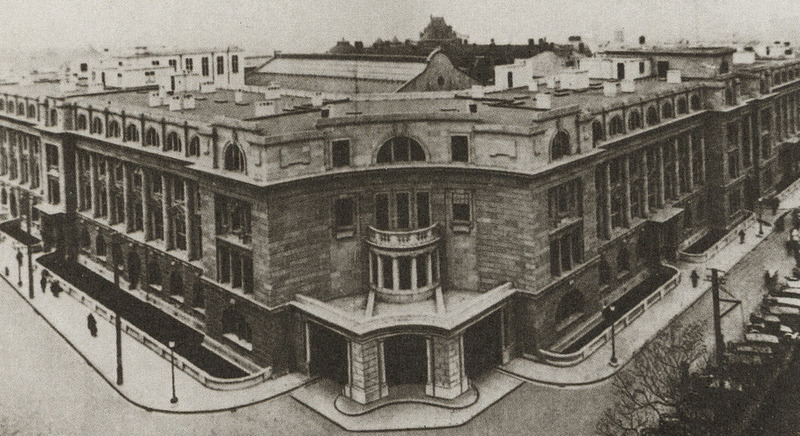Municipal Council
Planning as guided by the Municipal Council of 1854, which was composed entirely of foreigners upon its creation, created International Settlements with streets in a grid pattern, with new sanitation systems prevalent among newly constructed buildings. With capital poured into the Settlements by foreign investors, building heights would steadily increase into the early 20th century, and numerous theaters, amusement centers, and entertainment venues would be constructed.
It would be in 1915 that the power dynamic between Chinese and foreign investors would begin to shift, with a newly rich Chinese class buying up land in the International Settlements. It still took several years for the election of Chinese representatives to the Municipal Council in 1928 even though the vast majority of those living in the Settlements were Chinese for many years prior. This came shortly before the Settlements were to be abolished under Japanese occupation in 1943, which would come with a structural re-imagining of the Settlement area, emphasizing a Chinese centered vision of the past emblemized by the renaming and re-styling of once Westernized cornerstones and inscriptions in Chinese style during the 1970s.
The Municipal Council had more than just control over how the city would grow and expand. The Council also controlled revenue sources through regulation of opium sales and prostitution (before their eventual banning), and transportation by regulation of gas sales, rickshaw pullers, and tramways. Their vast control would come to an end only with the abolishment of the International Settlements in 1943 under Japanese Occupation. Post-dissolution, the planning of the city followed socialist planning theory, and was suited to the larger goals of the CCP
